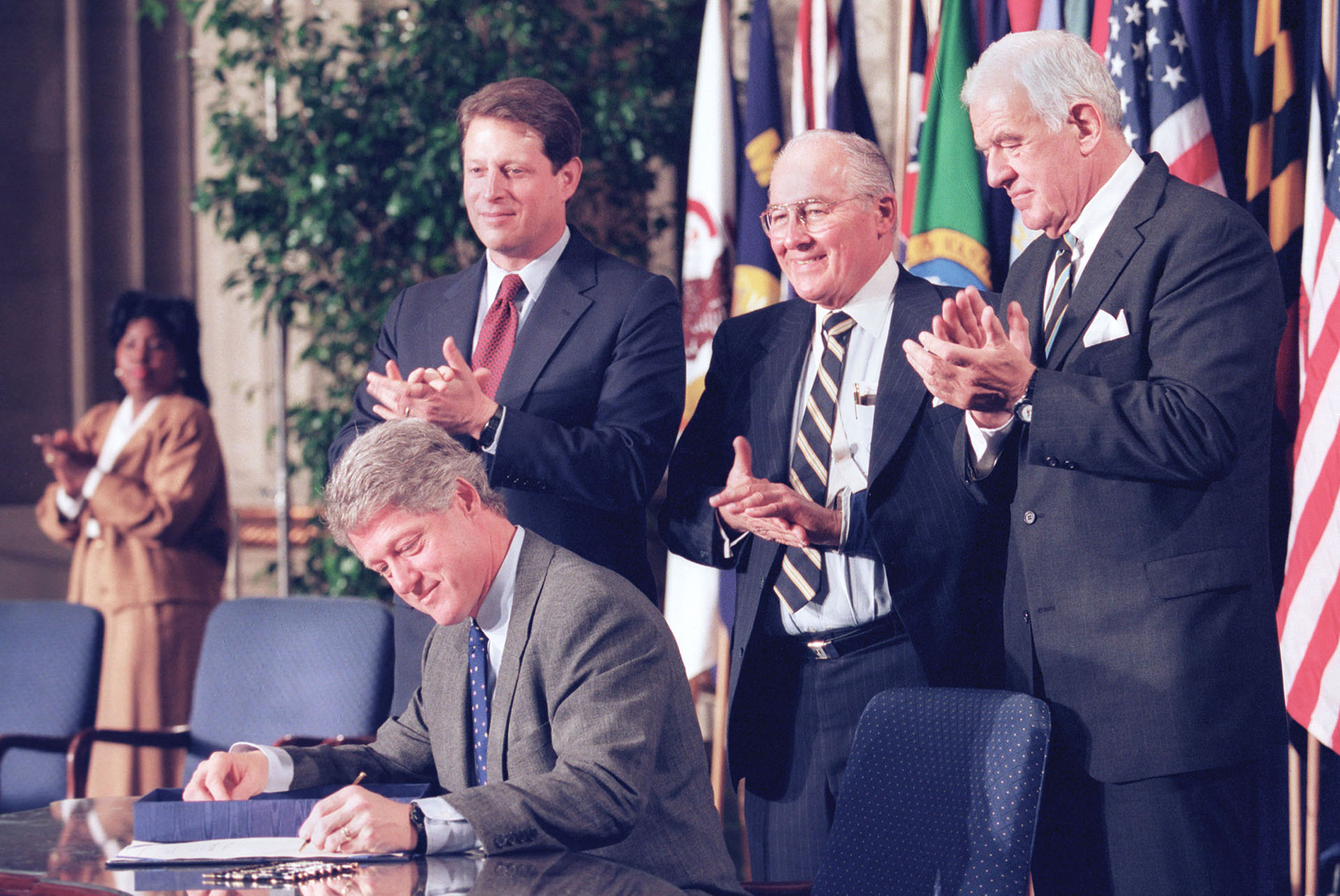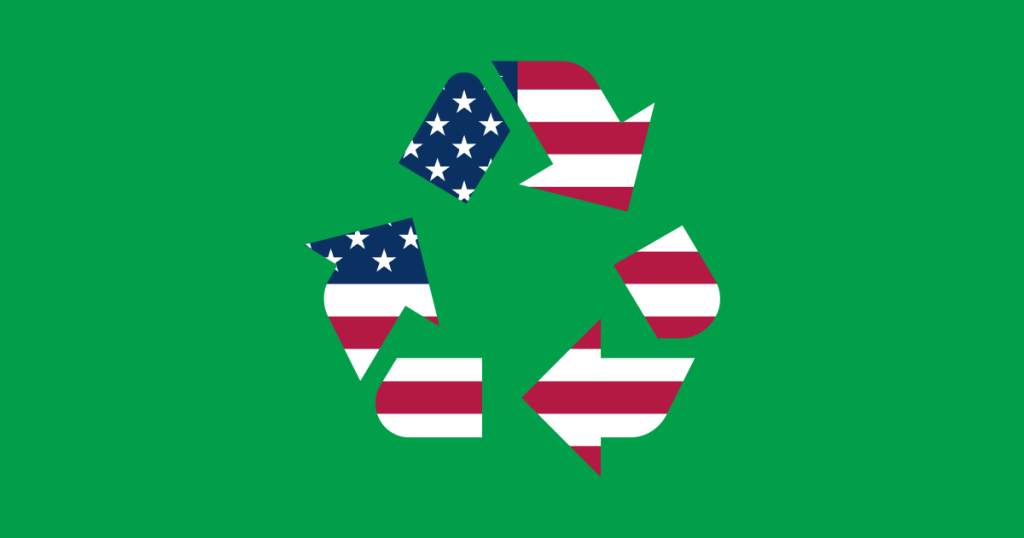Latin America Advances Sustainable Consumption – Mexico Business News

Regional Advancement on Sustainable Development Goals through the Brasília 2025 Declaration
Fostering Sustainable Consumption and Production (SDG 12)
- Representatives from Latin American nations have signed the Brasília 2025 Declaration, a commitment to advance regional solutions for sustainable consumption and production.
- The declaration focuses on the sharing of harmonized and reliable information regarding product sustainability throughout their entire life cycle, directly supporting SDG Target 12.8, which aims to ensure people have relevant information for sustainable lifestyles.
The Environmental Alliance of the Americas: A Tool for SDG Implementation
- A central component of this initiative is the Environmental Alliance of the Americas, the first regional labeling program of its kind.
- This program is designed to empower approximately 450 million consumers with verified sustainability information, contributing to SDG 12.
- It aims to stimulate business innovation and competitiveness, aligning with SDG 9 (Industry, Innovation, and Infrastructure).
- The alliance supports governments in achieving commitments related to climate (SDG 13), biodiversity (SDG 14 and SDG 15), and pollution (SDG 11), showcasing a multi-faceted approach to the 2030 Agenda.
- This regional effort is complemented by contributions to the global framework for Digital Product Information Systems (DPIS), fostering international cooperation as outlined in SDG 17 (Partnerships for the Goals).
Strategic Levers for Achieving the 2030 Agenda
Public Procurement as a Catalyst for Sustainable Development (SDG 12.7)
- Professor Mariana Mazzucato of the UN’s Committee for Development Policy identified public procurement as a strategic instrument for creating markets aligned with collective sustainability goals.
- This approach directly addresses SDG Target 12.7, which calls for promoting sustainable public procurement practices.
- Mazzucato emphasized that public procurement should prioritize public value and can be a key component of “mission-oriented policies” that drive innovation and guide markets toward a low-carbon economy, supporting SDG 13 (Climate Action).
Case Study: Brazil’s National School Feeding Program
- Addressing SDG 2 (Zero Hunger): The program serves as a prime example of public procurement aligned with the mission to end hunger by creating public demand for healthy foods.
- Promoting SDG 12 (Responsible Consumption and Production): It stimulates the sustainable production of food by creating a dedicated market for family farmers.
- Demonstrating SDG 17 (Partnerships for the Goals): The program illustrates a successful partnership between government, local producers, and communities to achieve multiple development objectives.
Conclusion: Enhancing Regional Ambition for the SDGs
- These developments signify a heightened level of ambition across Latin America in creating policy environments that support sustainable development.
- The initiatives aim to recognize and reward pioneering companies that are advancing sustainable consumption and production, thereby operationalizing SDG Target 12.6, which encourages companies to adopt sustainable practices.
- By strengthening regional cooperation and implementing tangible tools, the region is accelerating its progress toward the 2030 Agenda for Sustainable Development.
Analysis of Sustainable Development Goals in the Article
1. Which SDGs are addressed or connected to the issues highlighted in the article?
-
SDG 12: Responsible Consumption and Production
- This is the central theme of the article. The “Brasília 2025 Declaration” is explicitly aimed at promoting “regional solutions for sustainable consumption and production.” The creation of the “Environmental Alliance of the Americas” labeling program and the discussion on public procurement are direct actions to achieve this goal.
-
SDG 2: Zero Hunger
- The article specifically cites “Brazil’s National School Feeding Program as an example of public procurement aligned with the mission to end hunger.” This program supports “family farmers” and promotes the production of “healthy foods,” directly addressing food security and sustainable agriculture.
-
SDG 13: Climate Action
- The initiatives mentioned aim to help governments meet “climate… commitments” and guide the market toward a “low-carbon economy.” Public procurement is presented as a tool to advance the “climate agenda.”
-
SDG 17: Partnerships for the Goals
- The entire article is about collaboration. The “Brasília 2025 Declaration” involves multiple “Latin American countries,” the “Environmental Alliance of the Americas” is a regional program, and the development of the “global framework for Digital Product Information Systems (DPIS)” involved “representatives from 15 countries.” These are all examples of multi-stakeholder partnerships.
-
SDG 9: Industry, Innovation, and Infrastructure
- The article highlights that these efforts “boost business innovation and competitiveness” and use “mission-oriented policies’ to drive innovation.” This connects to building resilient infrastructure and fostering innovation.
2. What specific targets under those SDGs can be identified based on the article’s content?
-
Target 12.7: Promote public procurement practices that are sustainable, in accordance with national policies and priorities.
- The article extensively discusses using “public procurement as a strategic tool to create markets aligned with collective goals.” Professor Mazzucato’s statement that “Public procurement can and should prioritize public value above mere cost efficiency” and the example of Brazil’s program directly align with this target.
-
Target 12.8: By 2030, ensure that people everywhere have the relevant information and awareness for sustainable development and lifestyles in harmony with nature.
- The “Environmental Alliance of the Americas” labeling program is designed to “empower nearly 450 million consumers with verified sustainability information.” The development of “Digital Product Information Systems (DPIS)” to share “harmonized and reliable information on product sustainability” is a direct mechanism to achieve this target.
-
Target 2.3: By 2030, double the agricultural productivity and incomes of small-scale food producers, in particular… family farmers…
- Brazil’s National School Feeding Program is mentioned as a mechanism that “creates public demand for family farmers,” which is a direct strategy to support their livelihoods and incomes.
-
Target 2.4: By 2030, ensure sustainable food production systems and implement resilient agricultural practices…
- The Brazilian program is highlighted for its role in promoting the “sustainable production of healthy foods,” which directly contributes to this target.
-
Target 17.17: Encourage and promote effective public, public-private and civil society partnerships…
- The “Brasília 2025 Declaration” signed by multiple countries and the “Environmental Alliance of the Americas” are clear examples of public partnerships at a regional level to achieve sustainable development.
3. Are there any indicators mentioned or implied in the article that can be used to measure progress towards the identified targets?
- Indicator for Target 12.7: The article implies measuring the number and scale of sustainable public procurement policies and programs implemented. The specific mention of “Brazil’s National School Feeding Program” serves as a qualitative indicator of such a policy in action.
- Indicator for Target 12.8: The article provides a direct quantitative indicator: the number of consumers reached with sustainability information, stated as “nearly 450 million consumers.” Another implied indicator is the existence of regional sustainability labeling programs, such as the “Environmental Alliance of the Americas.”
- Indicator for Target 2.3: An implied indicator is the level of public demand created for products from family farmers through procurement programs. While not quantified, the article presents this as a key outcome of the Brazilian program.
4. Table of SDGs, Targets, and Indicators
| SDGs | Targets | Indicators Identified in the Article |
|---|---|---|
| SDG 12: Responsible Consumption and Production | 12.7: Promote public procurement practices that are sustainable. | Implementation of sustainable public procurement programs (e.g., Brazil’s National School Feeding Program). |
| SDG 12: Responsible Consumption and Production | 12.8: Ensure people have relevant information and awareness for sustainable development. | Number of consumers empowered with sustainability information (450 million); Existence of regional labeling programs (Environmental Alliance of the Americas). |
| SDG 2: Zero Hunger | 2.3: Double the agricultural productivity and incomes of small-scale food producers. | Creation of public demand for products from family farmers. |
| SDG 2: Zero Hunger | 2.4: Ensure sustainable food production systems. | Promotion of the sustainable production of healthy foods through public programs. |
| SDG 17: Partnerships for the Goals | 17.17: Encourage and promote effective public, public-private and civil society partnerships. | Formation of regional agreements (Brasília 2025 Declaration) and alliances (Environmental Alliance of the Americas). |
Source: mexicobusiness.news

What is Your Reaction?
 Like
0
Like
0
 Dislike
0
Dislike
0
 Love
0
Love
0
 Funny
0
Funny
0
 Angry
0
Angry
0
 Sad
0
Sad
0
 Wow
0
Wow
0







































































